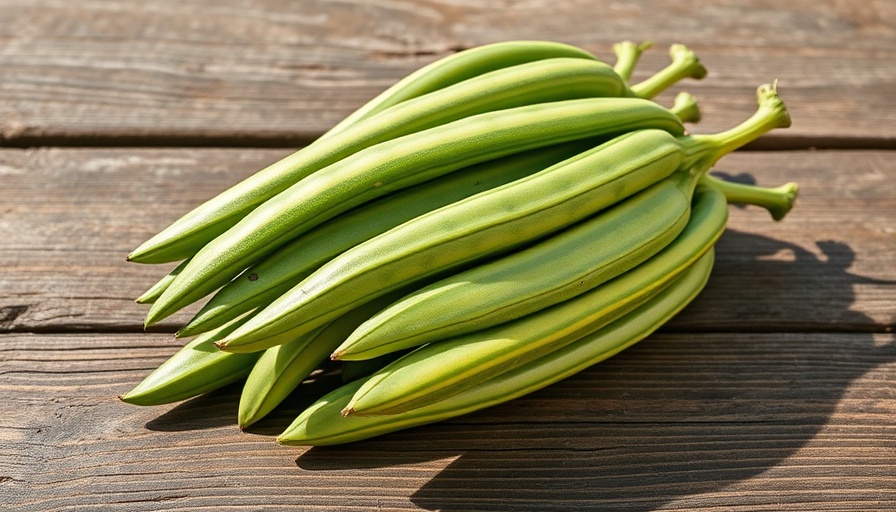
The Art of Timing: When to Harvest Eggplant
Harvesting eggplant at the right moment is essential for enjoying the best flavor and texture. The difference between a delectable, silky eggplant and a tough, bitter one can often come down to just a few days. Understanding the signs that indicate when an eggplant is ready for harvest can transform your gardening experience and elevate your culinary adventures.
Why Timing Matters in Eggplant Harvesting
Eggplants are notorious for their wide range of textures and flavors, which can vary significantly based on the timing of the harvest. Harvesting too soon results in a firm and bitter fruit, while waiting too long can lead to a mushy fruit filled with large seeds. The goal is to pick the eggplant when its skin is shiny and smooth, the fruits are firm but not hard, and the color is vivid and rich.
Furthermore, timely harvesting can encourage your eggplant plant to produce even more fruit, redirecting its energy from the harvested fruit to new blooms. This simple act not only provides a bountiful harvest but also nurtures the plant for a longer growing season.
Signs of a Perfectly Ripe Eggplant
Familiarizing yourself with the specific signs that indicate a ripe eggplant will aid in your harvesting process:
- Size and Shape: The eggplant should match the expected size and shape for its variety. This can range from the typical globe shape to the elongated Japanese variety.
- Color and Sheen: A ripe eggplant should exhibit a deep, rich color and a healthy sheen that indicates its fresh nature.
- Firmness: Press the eggplant gently; it should have a slight give but not be soft to the touch.
Understanding Eggplant Varieties and Growth
Different varieties of eggplants, such as Italian, globe, and Japanese, have unique growing characteristics and development timelines. On average, expect between 55 to 85 days from transplanting to harvesting. Warmer climates may offer an even shorter growth cycle, allowing earlier harvesting opportunities.
Remember to take into account your local climate conditions, soil quality, and sunlight exposure when planning your eggplant cultivation, as all these factors contribute to the flavor and texture of your harvest.
Storing Your Harvested Eggplant
Once you've harvested your eggplant, proper storage is crucial to maintain its quality. Store your eggplants in a cool, dark place and avoid placing them in the refrigerator, as this can lead to chilling injury. Instead, keep them at room temperature, where they can retain their firmness and flavor for several days. Use them in your favorite recipes soon after harvest for the best results.
Takeaway: Enjoying the Fruits of Your Labor
The delightful taste and texture of homegrown eggplants are well worth the effort. By understanding the signs of ripeness and practicing proper harvesting and storage techniques, you can ensure that each eggplant you pick is a culinary delight. Embrace the growing process, and be proud of the gourmet flavors you can bring from garden to table.
Now that you know how to harvest eggplant at the perfect time for flavor and texture, why not share your gardening journey with friends and family? Encourage them to join you in the joy of home gardening!
 Add Row
Add Row  Add
Add 


Write A Comment